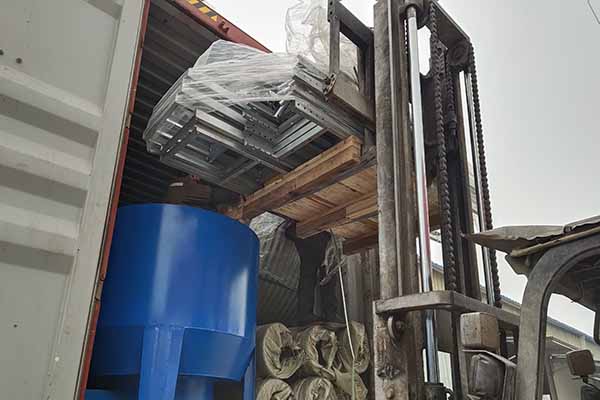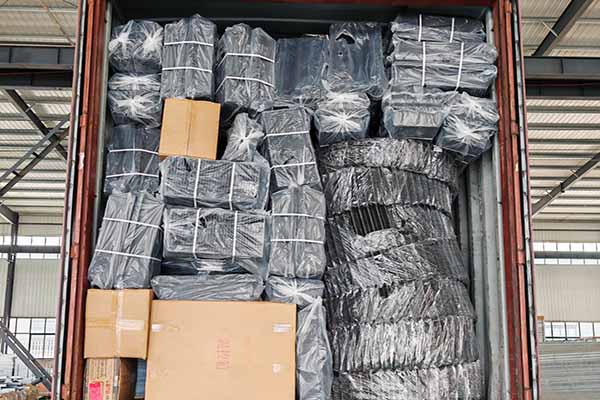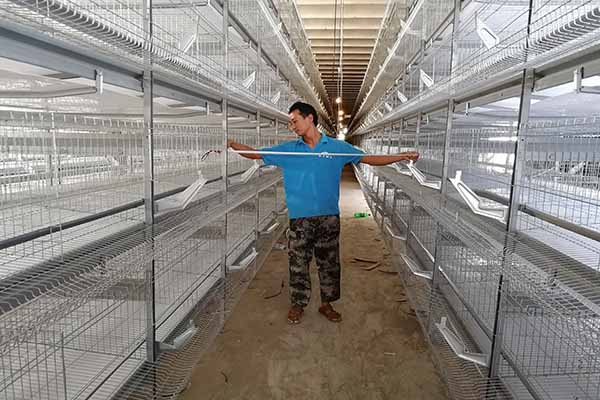Optimizing Chicken Cage Systems for 10,000 Birds in Nigeria
Time : 2025-06-30
As the poultry industry in Nigeria continues to grow, so does the demand for efficient and scalable chicken cage systems. With the capacity to house up to 10,000 birds, these systems play a crucial role in ensuring the health, welfare, and productivity of the flock. This article delves into the intricacies of designing and implementing chicken cage systems tailored for such a large scale operation, focusing on the latest technologies and best practices.
Understanding the Scale of Operation
Managing a chicken farm with 10,000 birds requires a comprehensive understanding of the space, ventilation, and management requirements. Here’s a breakdown of the key considerations:
Space Allocation
Each bird requires a certain amount of space to move around comfortably. In Nigeria, a common recommendation is to allocate approximately 0.5 square meters per bird. This translates to a total space requirement of 5,000 square meters for 10,000 birds. Ensuring adequate space is crucial for the birds’ physical health and prevents overcrowding, which can lead to increased disease risk and reduced productivity.
Ventilation and Temperature Control
Proper ventilation is essential for maintaining a healthy environment. The system should be designed to provide fresh air while minimizing the entry of dust and pests. Temperature control is also vital, as extreme heat or cold can stress the birds and impact egg production. A ventilation system that can handle the air exchange rate for 10,000 birds is necessary to maintain optimal conditions year-round.
Designing the Chicken Cage System
The design of a chicken cage system for 10,000 birds involves several key components:
Cage Construction
Modern chicken cages are typically made of steel or galvanized metal, which is durable and easy to clean. The dimensions of the cages should be designed to accommodate the birds comfortably, with enough room for movement. The floor should be solid to prevent waste buildup and the spread of disease.

Automated Feeding and Watering Systems
Automated feeding and watering systems are essential for efficiency and consistency. These systems should be designed to provide the correct amount of feed and water to each bird, without the need for constant human intervention. This not only saves labor but also ensures that the birds receive the nutrients they need for optimal health and productivity.
Environmental Control Units
Environmental control units are crucial for maintaining the right temperature and humidity levels. These units can be integrated into the chicken cage system and adjusted remotely to respond to changing conditions. They can also include features like misting systems to cool the birds during hot weather.
Monitoring and Management
Effective monitoring and management are key to the success of a large-scale chicken farm. Here are some essential tools and practices:
Monitoring Systems
Implementing a monitoring system allows farm managers to keep track of various parameters such as temperature, humidity, and ammonia levels. Sensors can be installed throughout the farm to provide real-time data, which can be accessed remotely via a smartphone or computer.
Management Software
Using specialized management software can help streamline operations. This software can track bird populations, feed consumption, and egg production, among other metrics. It can also generate reports and alerts to help managers make informed decisions.
Health and Welfare
The health and welfare of the birds are paramount in any poultry operation. Here are some considerations to ensure the well-being of the flock:

Regular Health Checks
Regular health checks should be conducted to identify and treat any diseases early. This includes vaccinations, medication, and proper handling practices.

Sanitation
Sanitation is crucial for disease prevention. The chicken cage system should be designed with easy access for cleaning and disinfection. Regular cleaning and waste management are essential to maintain a healthy environment.
Conclusion
Designing and implementing a chicken cage system for 10,000 birds in Nigeria requires careful planning and consideration of various factors. By focusing on space allocation, ventilation, automated systems, monitoring, and health and welfare, poultry farmers can create an environment that promotes the growth and productivity of their flock. With the right equipment and management practices, a large-scale chicken farm can be a profitable and sustainable operation.











